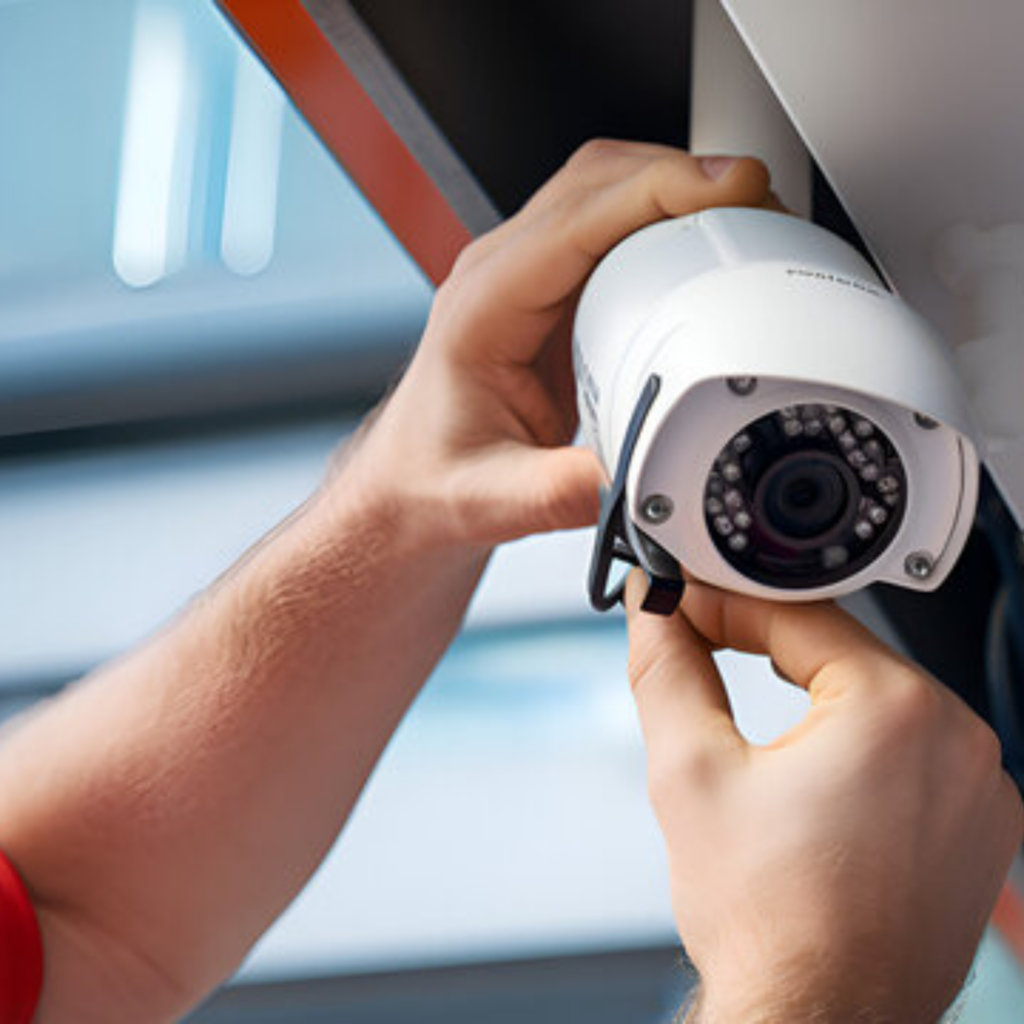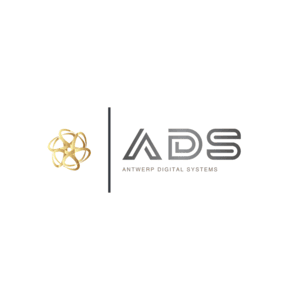Security Camera Installation for Safety Compliance
Ensuring Protection and Legal Adherence
In today’s rapidly evolving workplace environment, ensuring safety and compliance is a priority for businesses across industries. The installation of security cameras plays a crucial role in not only protecting assets but also ensuring that workplaces adhere to safety regulations. Security camera installation for safety compliance helps businesses monitor day-to-day operations, reduce workplace accidents, and protect employees while ensuring that they meet local, state, and federal safety standards. In this article, we’ll explore the key benefits of installing security cameras for safety compliance, how they help meet regulatory requirements, and best practices for implementing a system that maximizes both security and compliance.
Why Security Camera Installation is Essential for Safety Compliance
Security cameras provide critical support in ensuring that workplaces maintain a safe environment for employees, customers, and visitors. When installed properly, security cameras help businesses in various industries, including construction, manufacturing, retail, and healthcare, monitor for unsafe conditions, accidents, and non-compliance with established safety protocols. Here’s why they are essential:
Monitoring Workplace Conditions
One of the most significant advantages of security cameras is their ability to monitor workplace conditions in real-time. Cameras can be placed strategically throughout a facility to observe employee behavior, equipment usage, and adherence to safety protocols. By monitoring these areas, businesses can prevent accidents before they occur by identifying potential risks and taking corrective action. For example, in manufacturing environments where heavy machinery is used, security cameras can help monitor whether employees are wearing proper personal protective equipment (PPE) and following safety guidelines. If an issue is detected, management can take immediate action to rectify the situation and ensure compliance.
Supporting Legal Compliance
Security camera installation ensures that businesses comply with regulations set by safety governing bodies such as the Occupational Safety and Health Administration (OSHA) in the U.S. or other equivalent regulatory organizations worldwide. These regulations often require businesses to maintain a safe working environment, which includes preventing hazards that could lead to injuries, accidents, or even fatalities. OSHA requires employers to provide a workplace free from recognized hazards, and failure to meet these regulations can result in fines, lawsuits, or even shutdowns. Security cameras act as an additional layer of protection by providing evidence that safety measures are being followed, protecting businesses from potential liability in the event of an accident.
Accident Investigation and Evidence Collection
When an accident occurs, security cameras provide crucial evidence to support an investigation. Cameras capture real-time footage, allowing businesses to understand exactly what happened, who was involved, and whether proper safety procedures were followed. This helps organizations not only resolve disputes but also improve safety protocols to prevent similar incidents in the future. For example, if an employee is injured on-site, security footage can be reviewed to determine whether the injury resulted from non-compliance with safety guidelines or if external factors were at play. This information is valuable for both internal investigations and insurance claims, offering protection against fraudulent claims.
Employee and Customer Safety
Ensuring employee and customer safety is a critical component of compliance. Security cameras allow businesses to monitor high-risk areas such as parking lots, entrances, and storage areas, preventing unauthorized access or accidents. Retail businesses, for instance, can use security cameras to monitor customer interactions, deter shoplifting, and reduce slip-and-fall accidents, ensuring a safer shopping environment. For construction and industrial sites, where risks are higher due to hazardous equipment or operations, cameras can monitor compliance with safety standards and provide a visual record of adherence to safety protocols, offering proof that the business is committed to maintaining a secure environment.
Best Practices for Security Camera Installation for Safety Compliance
To maximize the effectiveness of security cameras for safety compliance, businesses need to implement best practices that align with legal requirements and operational needs. Here are some best practices to consider:
Conduct a Risk Assessment
Before installing a security camera system, it’s important to conduct a comprehensive risk assessment to identify areas where potential hazards exist. This will help determine the most critical areas where cameras should be placed to monitor for compliance and ensure employee safety. High-risk areas often include production floors, warehouses, loading docks, and areas with heavy machinery.
Install Cameras in Key Areas
Ensure that cameras are installed in areas that require close monitoring. For example, in a healthcare facility, cameras may need to be installed in hallways, emergency exits, and patient rooms to ensure compliance with health and safety regulations. In construction or manufacturing settings, cameras should monitor work zones, machinery, and employee break areas to ensure workers are following safety guidelines.
Adhere to Privacy Laws
While cameras are essential for safety compliance, businesses must also consider privacy laws and regulations governing video surveillance. In many regions, it is illegal to place cameras in areas where employees or customers have a reasonable expectation of privacy, such as bathrooms or changing rooms. Before installing cameras, consult local and federal privacy laws to ensure that your surveillance system complies with all legal requirements. Inform employees and visitors of the presence of security cameras by placing clear signage indicating that they are being monitored for safety purposes.
Ensure Proper Storage and Access
Security footage related to safety compliance should be stored securely and only accessible to authorized personnel. Businesses must establish a policy for how long footage is stored and how it is used in case of an investigation or legal proceedings. Cloud-based storage options offer a secure, scalable solution for storing large amounts of footage, ensuring compliance with data protection regulations.
Regularly Maintain and Audit Your System
A security camera system is only effective if it is properly maintained. Conduct regular audits to ensure that cameras are functioning correctly, positioned appropriately, and capturing high-quality footage. Additionally, ensure that the system is up to date with the latest software and firmware updates to prevent potential cybersecurity threats.
The Role of Technology in Enhancing Safety Compliance
Advances in security technology are playing an increasingly important role in helping businesses achieve compliance and maintain safe workplaces. Modern CCTV systems now offer features such as motion detection, real-time alerts, and remote monitoring, which allow managers to monitor operations even when they are off-site. Artificial intelligence (AI) and video analytics are also becoming integral to improving safety compliance. AI-powered security cameras can automatically detect unsafe behaviors, such as improper use of equipment or failure to wear protective gear, and alert management immediately. These systems can be programmed to recognize patterns and provide valuable insights into potential safety risks.
Have a project in mind?
Do not hesitate to say
Why Choose Us
Choosing our company for your IP CCTV installation ensures you receive top-notch service and cutting-edge technology. Our commitment to excellence and customer satisfaction sets us apart in the industry.

Expertise and Experience
Our team comprises seasoned professionals with extensive experience in IP CCTV installations. We stay abreast of the latest industry trends and technologies to provide the best solutions for our clients.
Customized Solutions
We understand that each client has unique security needs. Our tailored solutions ensure that your IP CCTV system is perfectly aligned with your specific requirements and budget.
Reliable Support
We pride ourselves on providing exceptional customer support. From initial consultation to ongoing maintenance, we are dedicated to ensuring your complete satisfaction.
Conclusion
Incorporating security cameras into your safety compliance strategy is a powerful way to ensure that your business meets regulatory requirements while protecting employees and customers. By monitoring workplace conditions, gathering evidence in case of incidents, and deterring unsafe behavior, security cameras help businesses create a safer environment and reduce the risk of accidents. To ensure that your security camera system is both effective and compliant, it’s crucial to follow best practices such as conducting risk assessments, installing cameras in critical areas, adhering to privacy laws, and regularly auditing the system. By doing so, businesses can improve overall safety, prevent accidents, and demonstrate their commitment to safety compliance.

